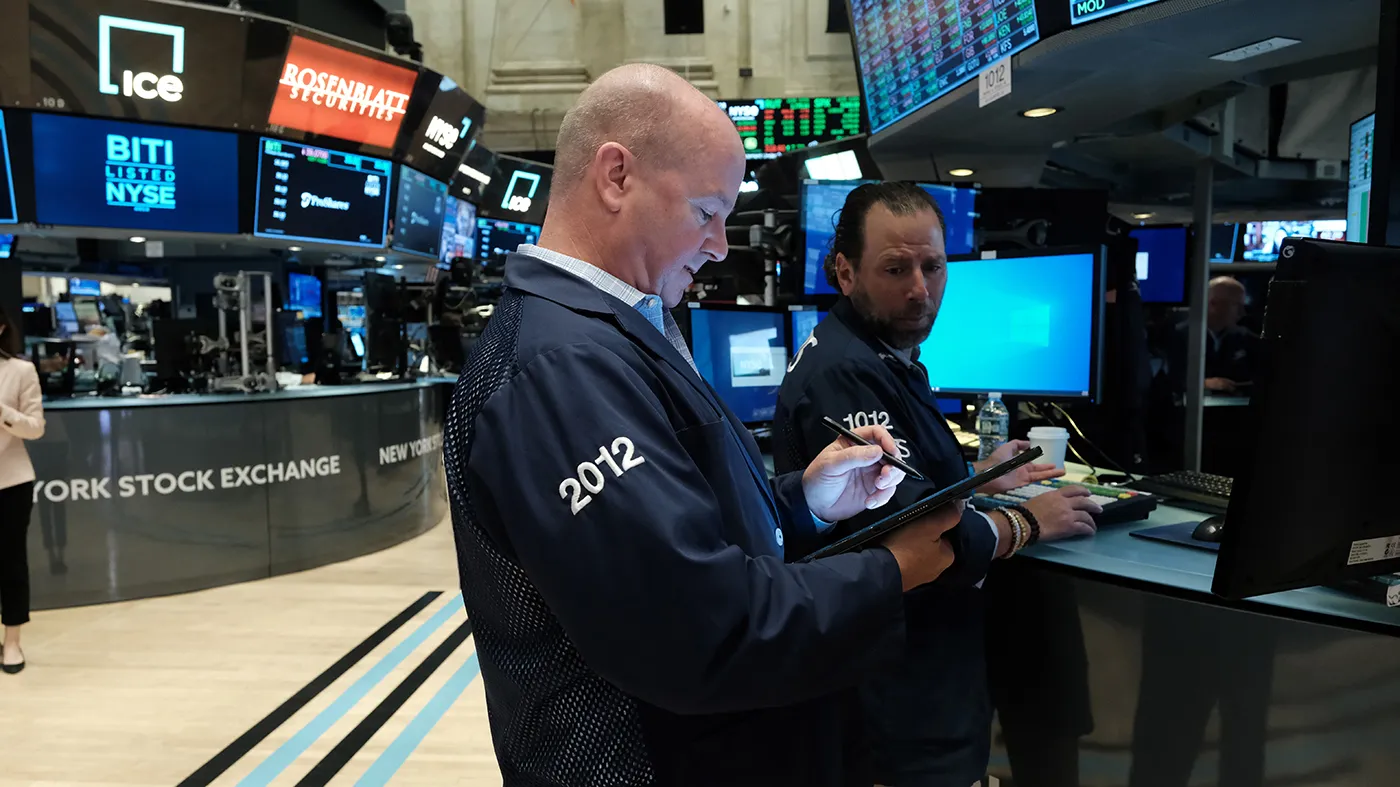Ever since artificial intelligence took center stage, comparisons to the dot-com boom and its dramatic bust have never been far behind. As excitement grows, so too do warnings that today’s AI frenzy might echo the late 1990s, when sky-high valuations and speculative bets ended in widespread losses and bankruptcies.
Tech giants are pouring hundreds of billions of dollars into advanced chips, massive data centers, and cloud infrastructure all to power the next generation of chatbots and AI tools such as ChatGPT, Gemini, and Claude. The goal is to prepare for what many see as a transformative shift from human-driven to machine-driven productivity. But the total bill could reach trillions, funded through venture capital, debt, and increasingly creative financial structures that are raising eyebrows across Wall Street.
Even AI’s biggest champions admit that the market feels overheated. Still, they insist that the technology’s long-term potential from revolutionizing industries to advancing medical breakthroughs justifies the spending spree. The challenge, however, is that no previous technology has absorbed so much capital so quickly with so little proven profitability. Many tech executives who doubt the most extravagant claims about AI’s potential say they must keep up with competitors or risk being left behind in the next wave of digital innovation.
Skepticism intensified when OpenAI CEO Sam Altman unveiled “Stargate,” a $500 billion infrastructure plan, during a White House event earlier this year. The sheer magnitude of the proposal stunned many observers. Not long after, Meta’s Mark Zuckerberg pledged hundreds of billions more to expand his own data center network. Altman later hinted that OpenAI’s ultimate AI investments could top trillions of dollars.
To fund such ambitions, OpenAI is venturing into new territory. In September, Nvidia Corp. announced plans to invest up to $100 billion in OpenAI’s data center expansion a deal that prompted speculation that the chipmaker is effectively financing its own demand, ensuring that its processors remain indispensable.
This isn’t new for Nvidia. The company has backed dozens of AI startups that, in turn, purchase its high-end chips but the OpenAI deal marks an unprecedented scale. Meanwhile, OpenAI is exploring debt financing options, signaling a move away from relying solely on deep-pocketed partners like Microsoft and Oracle. According to reports, the company may burn through $115 billion in cash by 2029.
Meta, too, has leaned heavily on borrowing, securing $26 billion in loans for a massive Louisiana data center complex expected to rival Manhattan in size. Similarly, JPMorgan and Mitsubishi UFJ are leading a $22 billion loan for Vantage Data Centers, part of a broader global buildout.Will the Numbers Add Up?
Consulting firm Bain & Co. estimates that by 2030, AI companies will need about $2 trillion in annual revenue just to support computing demand yet they may fall $800 billion short. Hedge fund manager David Einhorn of Greenlight Capital put it bluntly: “The numbers are so extreme it’s hard to wrap your head around them… there’s a real chance of massive capital destruction.”
Amid the hype, lesser-known firms are also jumping in. Amsterdam-based Nebius, spun off from Yandex in 2024, struck a $19.4 billion infrastructure deal with Microsoft, while Nscale, a UK startup previously focused on cryptocurrency mining, is now partnering with Nvidia and OpenAI on European projects.
Still, returns have started to fade. After months of anticipation, OpenAI’s GPT-5 launch in August drew lukewarm reviews. Altman admitted that “we’re still missing something quite important” on the path to true artificial general intelligence.
Adding to the pressure, Chinese AI firms are flooding the market with cheaper, competitive models that could undercut U.S. players. This, combined with concerns about power grid capacity to support data center growth, poses another layer of risk to the global AI race.
Altman himself has acknowledged that AI might be in bubble territory. “Are investors overexcited? Probably,” he said in August. “But is AI the most important development in decades? Absolutely.”
Zuckerberg echoed that sentiment, saying an AI bubble “is quite possible,” but his greater worry is underinvesting. “If we overspend by a few hundred billion, that’s unfortunate,” he said, “but the bigger risk is falling behind.”
Meanwhile, OpenAI and Anthropic have released studies showing how AI tools are already reshaping workplaces. Anthropic reported that about 75% of its customers use Claude for task automation, while OpenAI’s new GDPval evaluation found that top AI models are reaching “expert-level quality” in many professional tasks. The company argues that delegating such work to AI can save businesses both time and money.
OpenAI CFO Sarah Friar has even floated the idea of premium pricing, suggesting that some users might pay thousands per month for a “Ph.D.-level assistant” capable of handling complex work.
Market bubbles occur when prices soar far beyond what fundamentals justify and eventually collapse when optimism fades. Many analysts see familiar patterns in today’s AI surge. The dot-com bubble also saw speculative investments, inflated metrics, and overbuilt infrastructure that later proved unsustainable.
While echoes of 1999 are undeniable, there are also differences. The biggest AI players Microsoft, Alphabet, Meta, Nvidia are profitable, well-capitalized, and deeply entrenched in the global economy.
And despite the risks, AI adoption is advancing at breakneck speed. ChatGPT now counts 700 million weekly users, making it one of the fastest-growing digital products ever. OpenAI’s valuation recently hit $500 billion, even though it hasn’t yet turned a profit showing just how powerful investor belief in AI’s future remains.
As Bret Taylor, CEO of Sierra and chairman of OpenAI, put it: “AI will transform the economy just as the internet did. But like the dot-com era, there will be winners and a lot of losers along the way.”

Subscribe to our newsletter!
As a leading independent research provider, TradeAlgo keeps you connected from anywhere.








